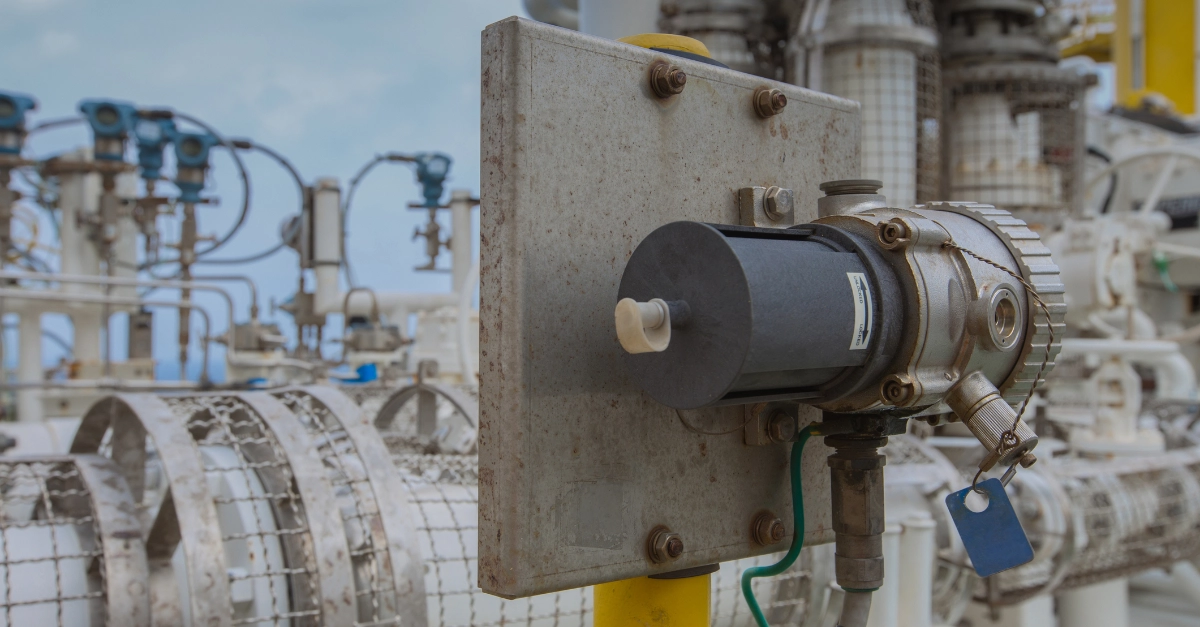Optimizing Gas Detector Deployment Using 3D Coverage Modeling: A Case Study in Ethylene and Natural Gas
One of the key advantages of infrared hydrocarbon gas detectors is their ability to detect a wide range of organic molecules. For example, a point infrared detector configured for methane can also detect propane, butane, and pentane. However, it will not respond to gases with low infrared absorbance like ethylene. Detecting ethylene requires a detector specifically configured for it.
When there is a potential release of two or more gases with significantly different infrared absorbance characteristics, the standard practice is to install detectors tailored to each target gas. As a result, many industrial installations end up with a large number of gas detectors. But is there a more efficient approach to achieve adequate coverage?
Three-dimensional (3D) coverage modeling helps determine the minimum number of detectors required to meet a specified coverage level, based on the characteristics of the target gases. This paper presents the results of a gas mapping study conducted at a gas compression station where ethylene serves as the process fluid and natural gas is used as fuel. Scenario coverage analysis—which illustrates the spatial distribution of gas release risks—reveals that ethylene and natural gas release probabilities often do not coincide geographically. This non-overlap suggests the potential for reducing the number of required detectors without compromising safety.
With appropriate considerations, this mapping approach can also be extended to catalytic gas detectors targeting gases with significantly different catalytic response behaviors.
We explore this topic in more detail during this webinar.

